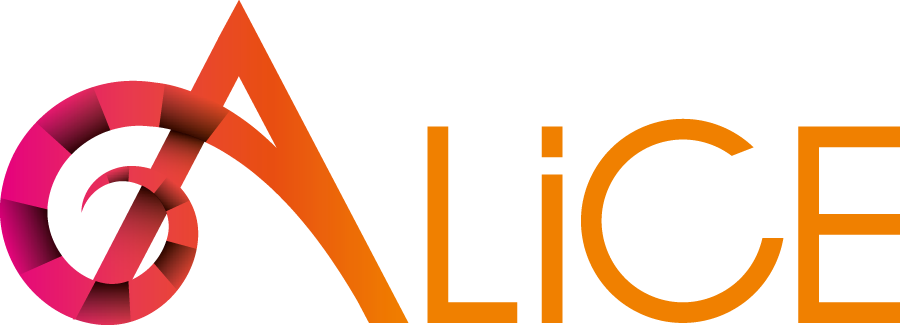Texturing & beyond
Laying down solid foundations for the creation of photorealistic textures for 3D Assets destined for the Visual Effects industry
- Duration
6 Months
Part-Time Program
- Level
Intermediate
- Software
Substance Painter
- Attendance
- Prerequisites
- Date

TEXTURING & BEYOND
with CLAUDIA MARVISI
Learn texturing seacrets from PIXOMONDO's Head Texture Artist
The course focuses on laying down solid foundations for the creation of photorealistic textures for 3D Assets destined for the Visual Effects industry.
The path will lead the student through the phases following modeling, to explore and concentrate on the texturing workflow. Special attention is dedicated to the artistic and technical (i.e., theoretical, and practical) aspects of the process, to provide the student with all the knowledge he/she needs to create photorealistic textures. This leads the Asset further into Lookdev until a final turntable is production-ready.
The course appeals to everyone interested in 3D Asset production for VFX and focuses on the acquisition (or refinement) of the texturing and shading knowledge required by the Industry.
The course also aims at providing the students with a practical understanding of workflow management (from texturing-lookdev to the final render of the complete Asset) and guiding and advising them based on their aspirations and talents.
In the first phase, we will define the foundations of texturing, with practical and theoretical lessons. We will discuss in-depth the logic behind texture channels, their technical and artistic implications, and how to create them – with a special emphasis on the PBR Metal/Rough workflow. Good UVs practices will also be thoroughly discussed.
Starting from Photoshop, the students will learn how to create seamless textures, breakup masks, and all the maps that are part of texture work, to bring them into Maya and have a first approach with lookdev in Arnold.
Once we laid down the necessary knowledge to handle our textures, we will start learning Mari and go deeper into the technical and artistic aspects of texturing. The students will be assigned texturing practical tasks and will learn both procedural and hand-painted approaches, how to use support maps, the importance of colorspace and bit depth and how to tackle the important phase of detailing and storytelling in texturing. Alongside mentoring and supervision, the students will also receive individual feedback on their work. The students will explore both the layer and the node-based workflow in Mari.
Next to the texturing part, there will always be a lookdev part in Maya and Arnold to learn how to handle the textures in the shader and create a Turntable setup with lights and animation, to obtain production-ready renders.
The students will also learn how to approach texturing in Substance Painter, its best practices, and the artistic and technical differences compared to Mari. They will focus on the do’s and don’ts of the usage, to create unique textures without falling into the “templates and presets trap”.
The last phase of the course will be entirely devoted to the creation of a final project, where the students, while being mentored and supervised, will texture a complex asset, perform the lookdev and render a turntable, ready to be showcased in their portfolio. To achieve the best results, we will explore how to improve our renders by bringing them into Nuke and boosting their look and presentation.
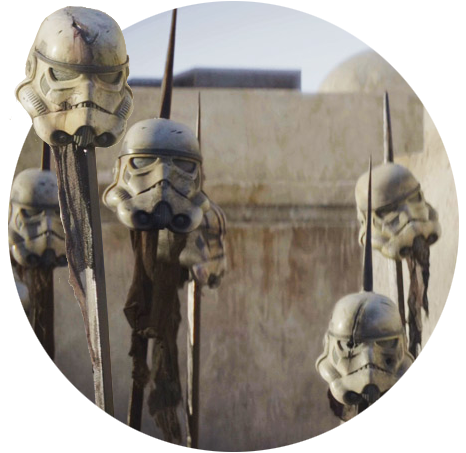
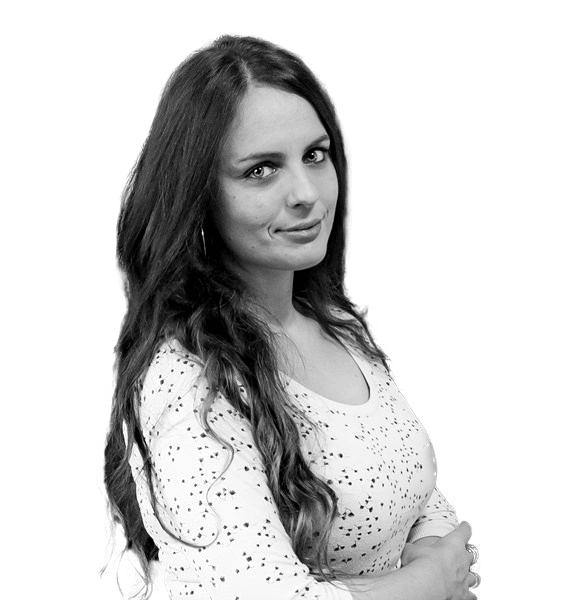
Meet the instructor
CLAUDIA MARVISI
LEAD TEXTURE ARTIST AT PIXOMONDO
Claudia is Lead Texture Artist at Pixomondo for feature films and tv series.
She took the role of Lead Texture Artist for movies such as Midway by Roland Emmerich and acclaimed series as Star Wars – The Mandalorian, Raised by Wolves, and Star Trek Discovery.
CLAUDIA'S FEATURED PROJECTS


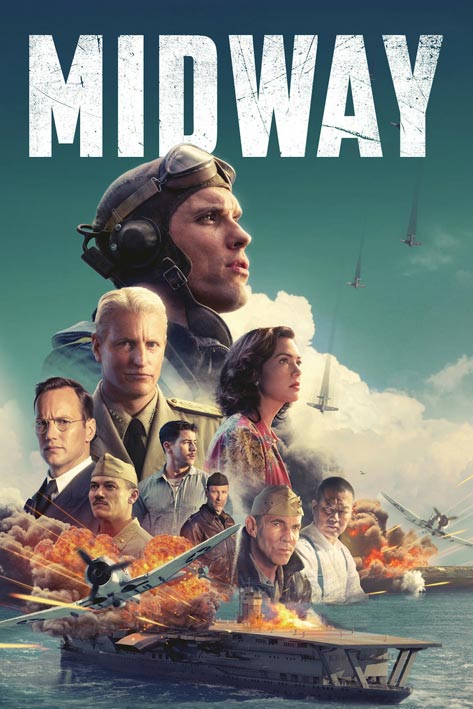

TEXTURING & BEYOND
Appeals to everyone interested in 3d asset production for vfx and focuses on the acquisition or refinement of the texturing and shading knowledge required for the industry
- Provide students with relevant skills
- Access to course, videos, homework, forums, files

COURSE SYLLABUS
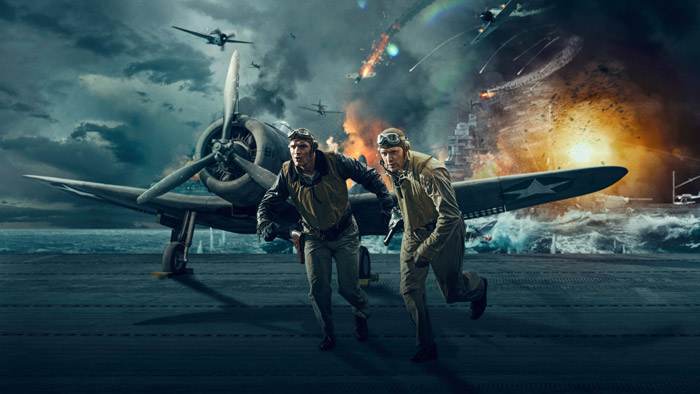
MODULE 1
TEXTURING
PILLARS
An in-depth chapter on the foundations of texturing, with practical and theoretical lessons. We will explore the logic behind texture channels, their technical and artistic implications, and how to create them, starting from Photoshop and all the way to Maya and Arnold, to have a first look at Lookdev.
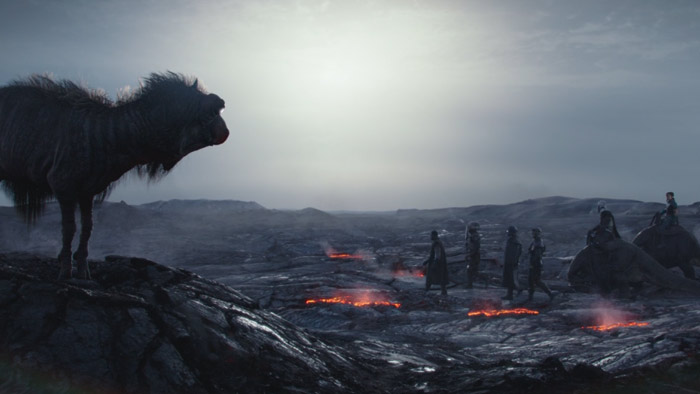
MODULE 2
TEXTURING IN MARI
RENDERING IN ARNOLD
We will learn Mari as our main texturing software and Arnold as the render engine for the Lookdev phase. We will discuss in detail the technical and artistic aspects of texturing, exploring both procedural and hand-painted workflows, how to use support maps and how to tackle the crucial phase of detailing and storytelling in texturing.

MODULE 3
TEXTURING IN
SUBSTANCE PAINTER
How to approach texturing in Substance Painter, artistic and technical differences with Mari, and what to avoid – to do unique textures while learning the workflow and the best practices specifically for this software.
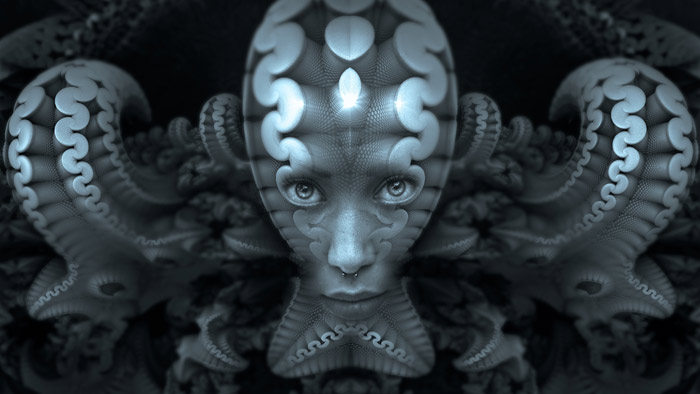
MODULE 4
FINAL
PROJECT
A full module will be dedicated to the creation of a final project where the students, while being mentored and supervised, will texture a complex asset, do the Lookdev, and render a turntable, ready to be showcased in their portfolio.
SMALL CLASSES
- Max. 4 students per course
- Affordable high-quality education
- Network while you learn
- INSTALLMENT
- $ 2,900
(2 x payments)
- UPFRONT
- $ 4,900
(1 x payment)
Need help deciding?
If you’re unsure which course or class option is right for you, just fill out an enquiry form, let us know what’s on your mind, and our student admissions team will be happy to help.
We look forward to getting you started on your journey and welcoming you to the vibrant and supportive community!
Faq
To be successful in this program you will need basic computer skills and a computer that meets the minimum specifications (see next question).
Software:
Maya 2018+ and Substance Painter. You will also get access to a library of assets to use throughout the course.
Hardware:
You will need a dedicated graphics card, and a computer that meets the minimum requirements for Maya and Substance Painter.
The course is designed to get you ready to hit the ground running at your next job. It covers more complex techniques and includes an entire term dedicated to career development and portfolio preparation to get you industry-ready.
Some of the junior VFX compositing jobs you could pursue after graduation include:
LINKNETIC IS AN ONLINE
STUDIO-ACADEMY
SPECIALIZED IN
VFX | ANIMATION | GAME
Enquire now!
Send us an enquiry so we can assist you in making the right decision for your future.
